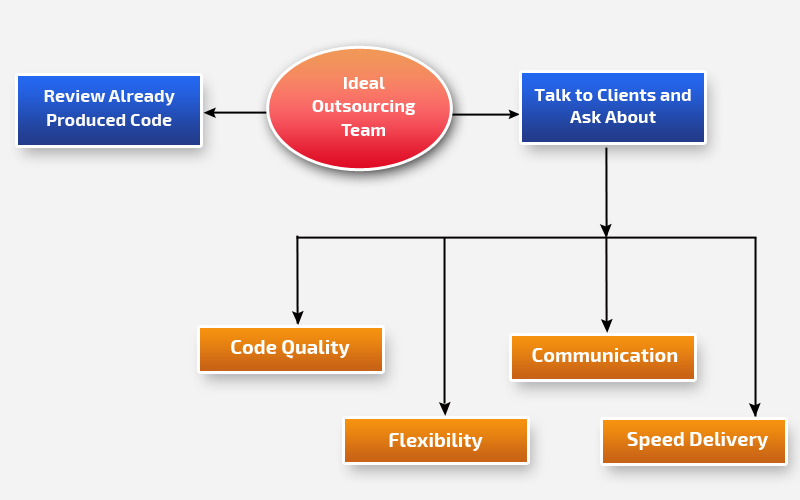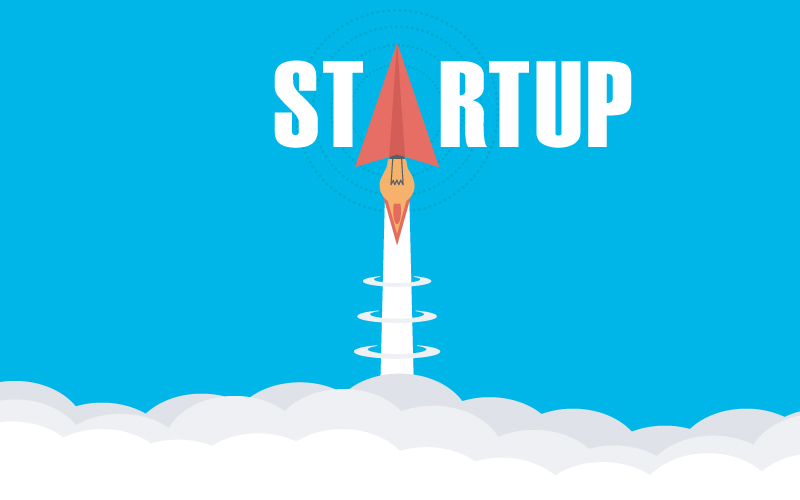Every technology startup hits the wall at some point, often when they are two or three years into their business and building nicely. Now, they often have enough seed funding to broaden their goals and plans. The primary software solution that had served well during their initial years is no longer adequate to serve their growth. Now is the time to do what so many other successful startups do – acquire applications that address the customized requirements of the business and then expanding even further.
This blog will help startup founders knowing which key elements or factors they need to consider when making effective development decisions. This can be determined in two stages –
- Pre-Development Phases – These phases need to be addressed by the founders before considering which development route to choose.
- Which factors influence the decision of using internal or outsourced development.
Pre–Development Phases
These key phases determine what a startup should focus on and how software development should be approached.
- Evaluating a Problem
An evaluated concern establishes that an issue exists and a suggested solution would solve the problem. The most common time a problem is not validated is during a startup’s initial stage. Committing resources in the initial phase is an expensive attempt, regardless being internal or external. It should always be a founder’s responsibility to understand the functionality and the depth of the problem fully before jumping to the development.
- Roadmap of Technical Requirements
Technical requirements should be drafted to validate as a set of functional requirements. The prime section of eliciting these requirements should be recognizing the minimal required functionality that solves the identified problem, plus the most suited technology to reach the end goal.
- Suited Solution to Functionality Requirements
The answer is rarely black or white while choosing a development ecosystem for every piece of functionality. The prime skill is in determining which functionality is a priority and what can wait until later. Taking this approach will help the venture to save money and make timely decisions.
Elements Determining Development Route
After the ideas have been evaluated, technical requirements drafted, and the technical requirements that do not have suitable solutions are recognized, the startup founders need to choose a software development route for the functionalities.
- The Quality
Quality should be at the foreground when determining the route of software development for a technology startup. Allowing low quality at the early stage can lead to “Technical debt”.
(Note: A Technical Debt is extra development work that arises when short fixes are made instead of overall solution.)
To find a great employee in-house, the quality is vetted during the recruitment process. Prior employers are called, technical interviews are performed and referrals are checked. When outsourcing, the same type of checks should be in place. Founders should consider the following:

- The Cost
Some startup founders consider collaborating with outsourced development teams due to cheaper costs for labor. This can play a significant role in the decision of cheaper hourly rates but does not mean an overall cheaper development. An internally experienced developer may be far more expensive initially, but over time might prove to be the best savings. Outsourcing development, on the contrary, allows for short-term development when something small is needed. However, if outsourced development price is lower and the quality is vouched for, it can be a cost-effective decision.
- The Delivery
If the time frame is important – outsourcing development for startups can be an appealing choice as the works starts immediately. Lower labor costs allow startups to increase the number of employees on a project, thereby increasing productivity, and shortening the time it would have taken for an in-house team to do it alone.
- Skill Retention and Future Requirements
If the solution is one that will not need significant maintenance or reuse, then outsourcing is often the most captivating decision. However, if the solution is the core part of the business to be repeatedly improved and updated, then keeping the knowledge of these components internally should be a priority.
For each piece of functionality, that does not have a suitable solution; startup founders should consider the above listed factors to help them decide the best route of the development. At the end, internal, outsource, or a mixture does not matter, the effectiveness of the solution matters.
Summary
Kickstart Your Project With Us!
Blog
Popular Posts
CONTACT US
Let's Build Your Agile Team.
Experience Netsmartz for 40 hours - No Cost, No Obligation.
Connect With Us Today!
Please fill out the form or send us an email to
 Don't Miss Out:
Don't Miss Out: 








